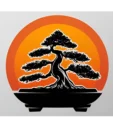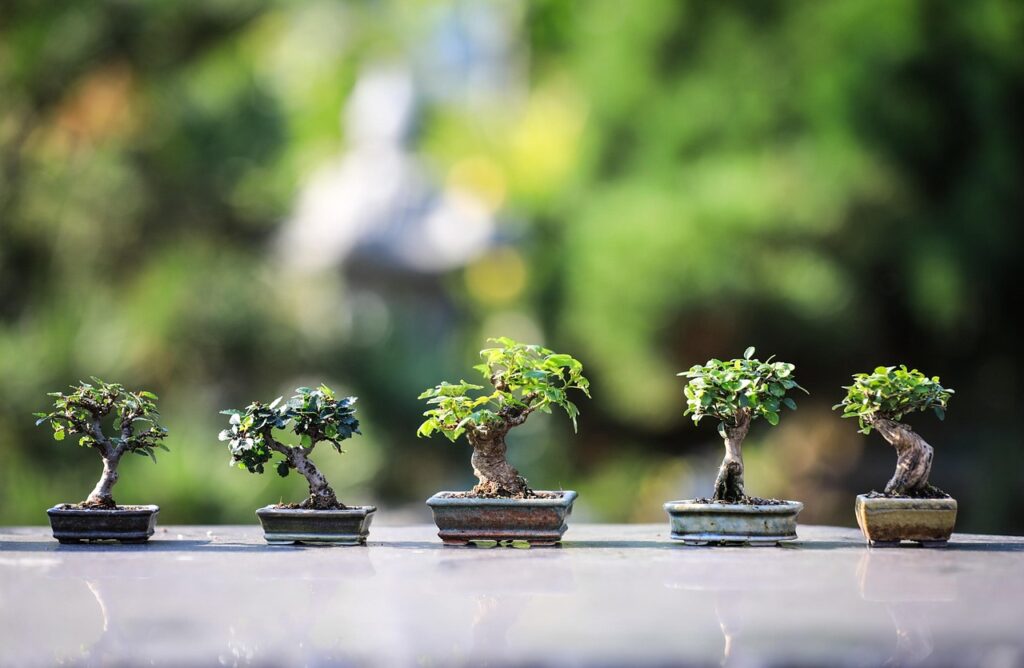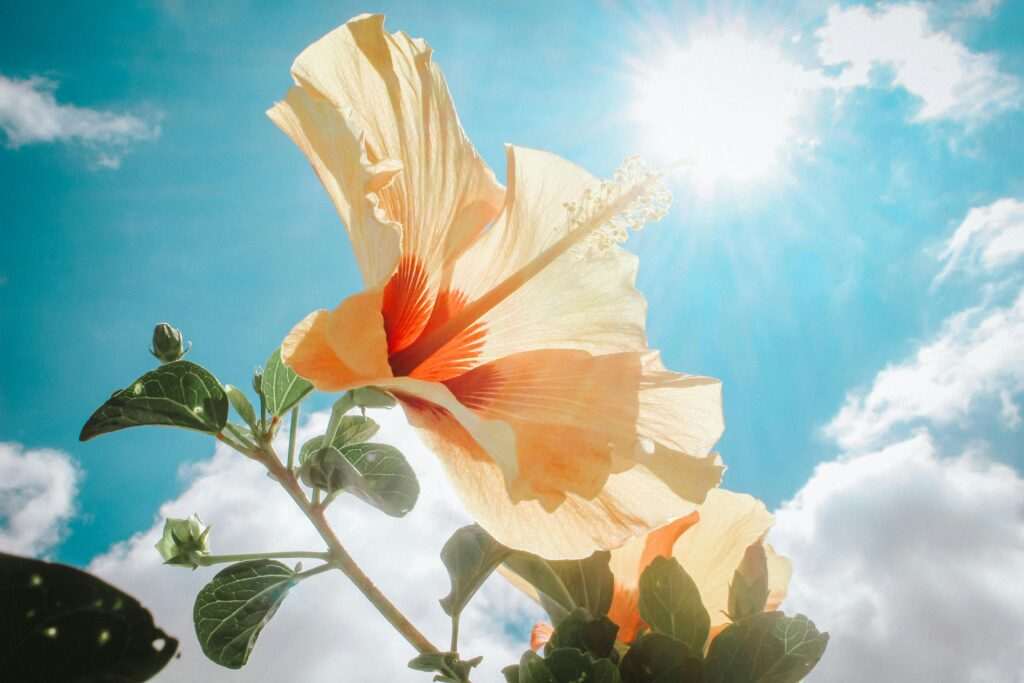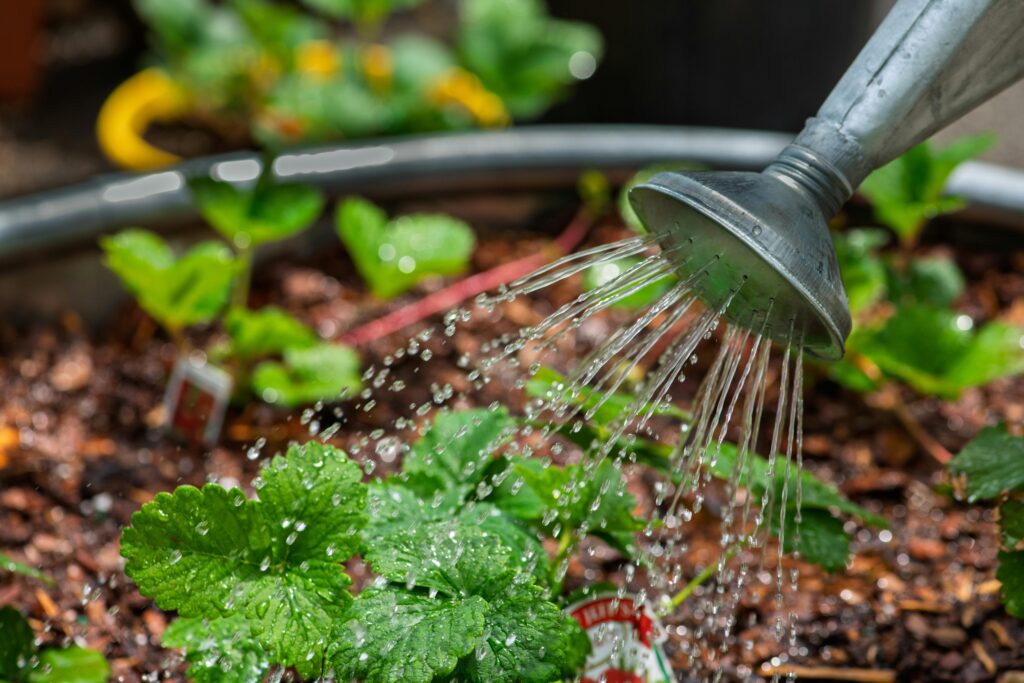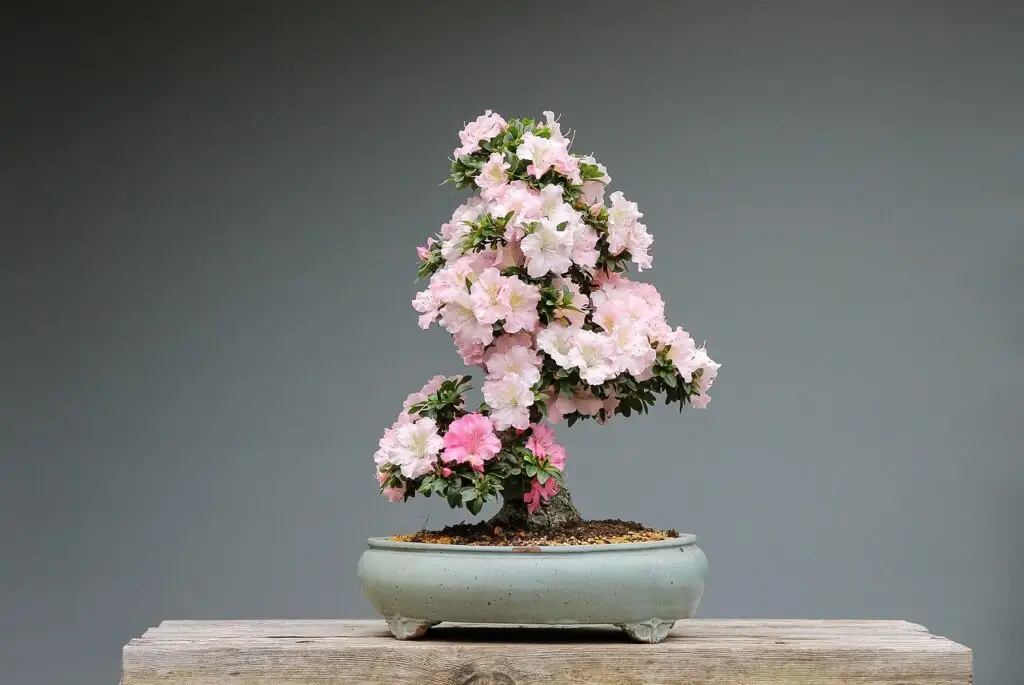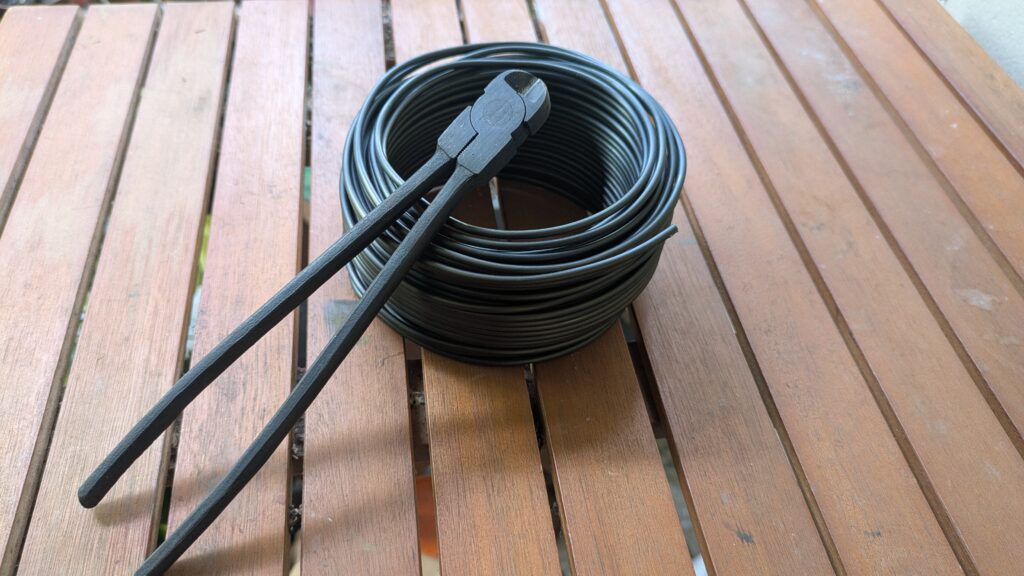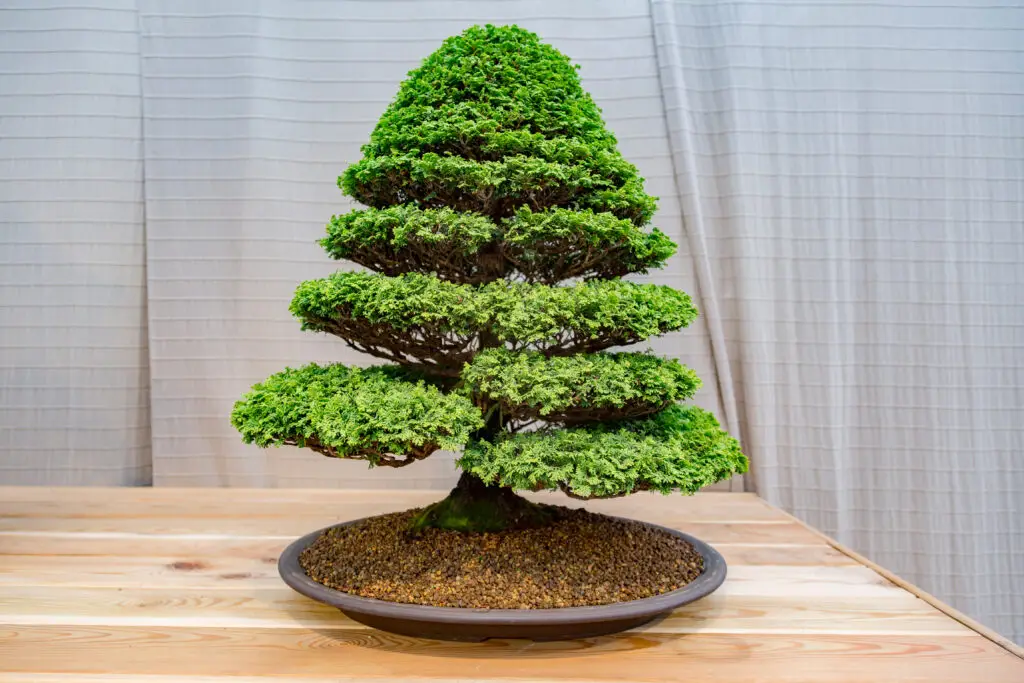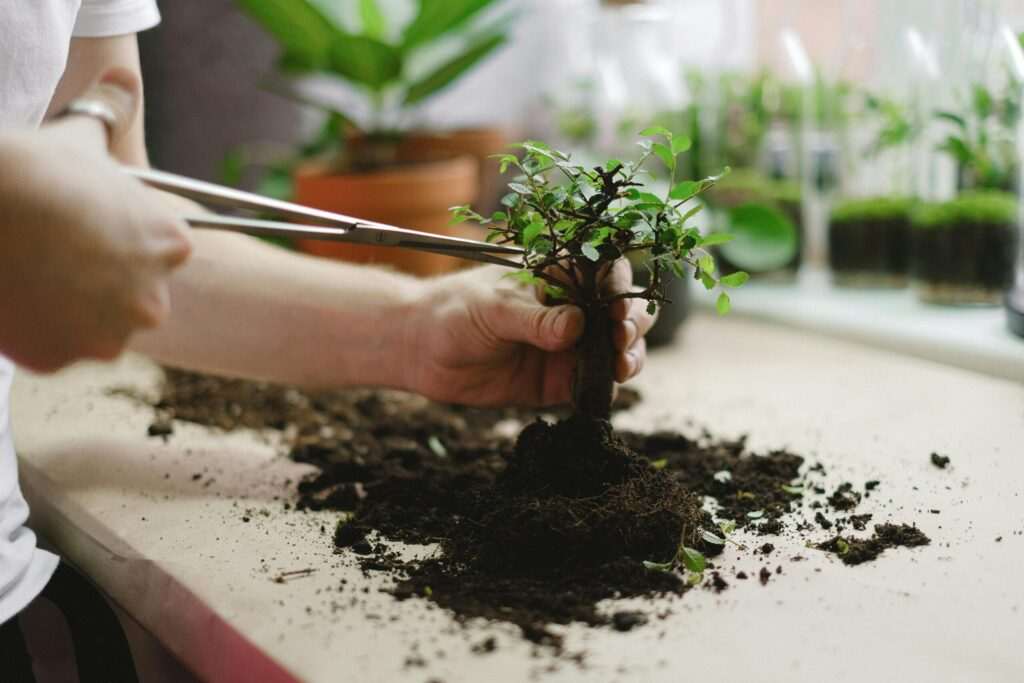A Personal Note: Why I Started Growing Bonsai
Fifteen years ago, I killed my first bonsai tree. Then my second. And third.
I’m a father of four boys, and I work as a caseworker – a job where every day brings stress, difficult decisions, and emotional weight. Back then, I was looking for something that would bring calm to my life. Something living, something beautiful, something that required my attention but gave back peace in return.
Bonsai found me at exactly the right time.
I remember thinking, “This is way too complicated for someone like me.” The books made it sound like you needed a master’s degree in horticulture. The forums made it seem like one wrong cut would doom your tree. But I kept trying, kept learning from my mistakes, and discovered something remarkable:
Bonsai isn’t about perfection. It’s about patience, presence, and connection.
Now, fifteen years and countless trees later (yes, I’ve killed many more along the way), I can tell you with absolute certainty: if you can remember to check on a plant daily, you can grow bonsai. The complicated reputation? It’s mostly myth.
This guide contains everything I wish someone had told me when I started. No mystical secrets. No intimidating jargon. Just the practical, honest truth about bonsai for beginners – including the one mistake that kills 80% of beginner trees (and how to avoid it).
Whether you’re a busy parent looking for a calming hobby, someone who’s never kept a plant alive, or just curious about these miniature trees – you can do this.
Let me show you how.
What is Bonsai? (And Why It’s Not as Hard as You Think)
Bonsai (盆栽) literally means “planted in a container” in Japanese. It’s the art of growing miniature trees in pots using pruning, wiring, and root management to create living sculptures that resemble full-sized trees in nature.
Here’s what surprised me most when I started: bonsai aren’t special dwarf trees. They’re regular trees – Ficus, Juniper, Maple, Elm – kept small through cultivation techniques. With proper care, these trees can live for decades or even centuries, becoming family heirlooms passed between generations.
Why Bonsai Captivates (Especially Busy People)
After fifteen years of practice, I can tell you what keeps me coming back:
- It forces you to slow down. When life gets hectic (and as a father of four, it often does), my bonsai demand my presence. Not hours – just 10-15 minutes of focused attention daily.
- It’s meditative. There’s something deeply calming about pruning, shaping, observing growth. It’s become my daily reset button.
- You create something living. Unlike most hobbies, your work literally grows and changes. The tree I started with 15 years ago looks completely different today – and will continue evolving.
- Failure is part of the journey. I’ve killed more trees than I can count. Every dead tree taught me something. That’s not failure – that’s learning.
The truth about bonsai for beginners: Yes, you’ll make mistakes. Yes, you might kill your first tree (I killed my first three). But if you can water a houseplant and check on it regularly, you have everything you need to succeed.
As experienced bonsai practitioners often say: “Any good bonsai practitioner’s killed a few trees.” Consider it your initiation.
Learn more about why bonsai trees are so special.

Choose Your First Bonsai Tree
This is where most beginners either set themselves up for success or frustration. After 15 years, I’ve learned that the right species makes all the difference.

1. Ficus Bonsai (Easiest – Indoor)
Difficulty: 1/5 | Best for: Indoor growers, frequent forgetters
If you’ve ever killed a houseplant, start here. Ficus trees are incredibly forgiving. They tolerate low light better than most bonsai, bounce back from watering mistakes, and grow quickly enough that you’ll see progress.
I recommend Ficus for beginners because they build confidence. You’ll learn the fundamentals without the constant anxiety that one mistake will kill your tree.
Climate: Thrives indoors worldwide, perfect for apartment living Care level: Very easy Growth rate: Fast (you’ll see changes within weeks)

2. Jade Plant Bonsai (Easiest – Succulent)
Difficulty: 1/5 | Best for: Travelers, busy parents, succulent lovers
Jade plants are technically succulents adapted as bonsai. They store water in their leaves and trunk, making them nearly indestructible. Perfect if your schedule is unpredictable (speaking from experience with four kids and a demanding job).
Climate: Excellent for warm, dry climates; handles drought well Care level: Very easy Special note: Can survive 1-2 weeks without water in winter
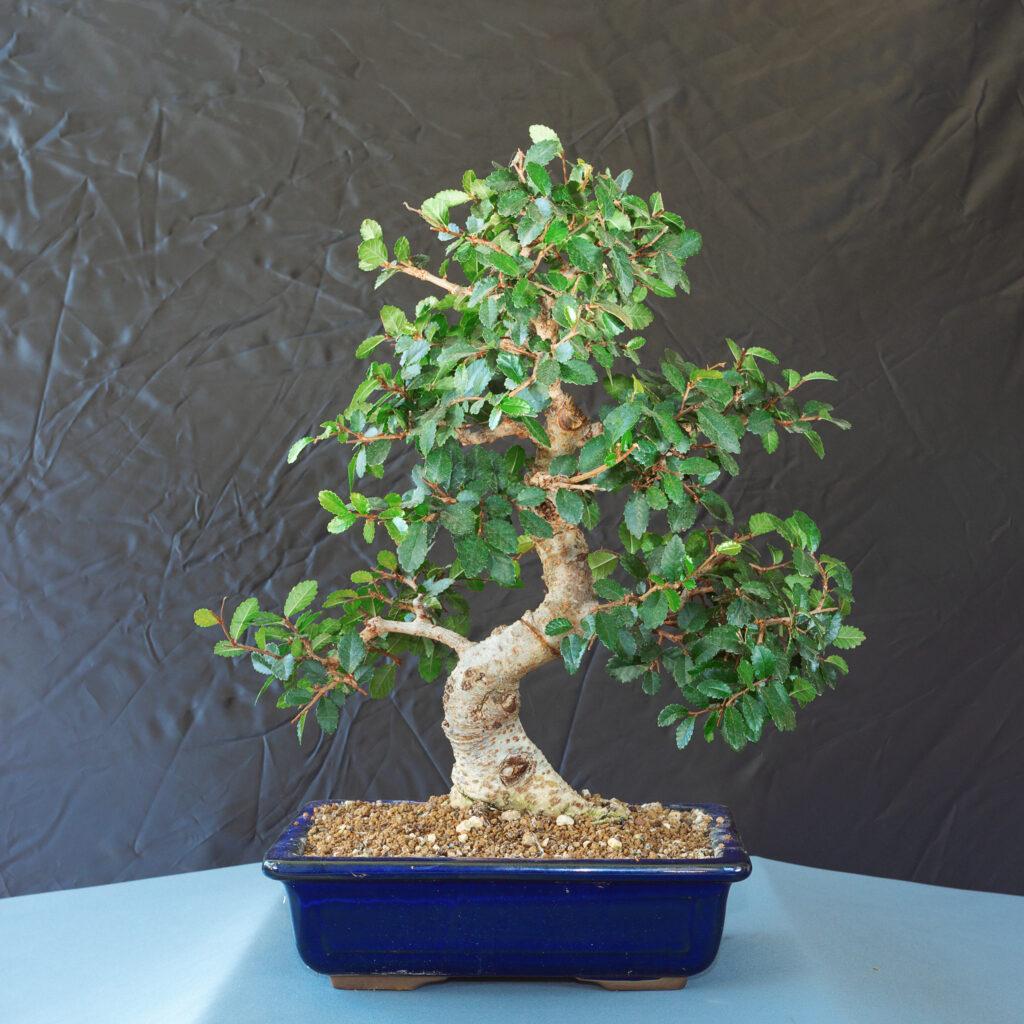
3. Chinese Elm Bonsai (Easy – Indoor/Outdoor)
Difficulty: 2/5 | Best for: Those wanting a “true” bonsai experience
Chinese Elm is my personal favorite for beginners who want to dive in. It’s hardy, responds enthusiastically to pruning, and has beautiful small leaves that create convincing miniature trees.
The best part? It’s flexible about placement – you can grow it indoors OR outdoors in most Australian climates.
Climate: Adaptable to most temperate zones worldwide Care level: Easy Why I love it: Beautiful tiny leaves, fast growth, very forgiving
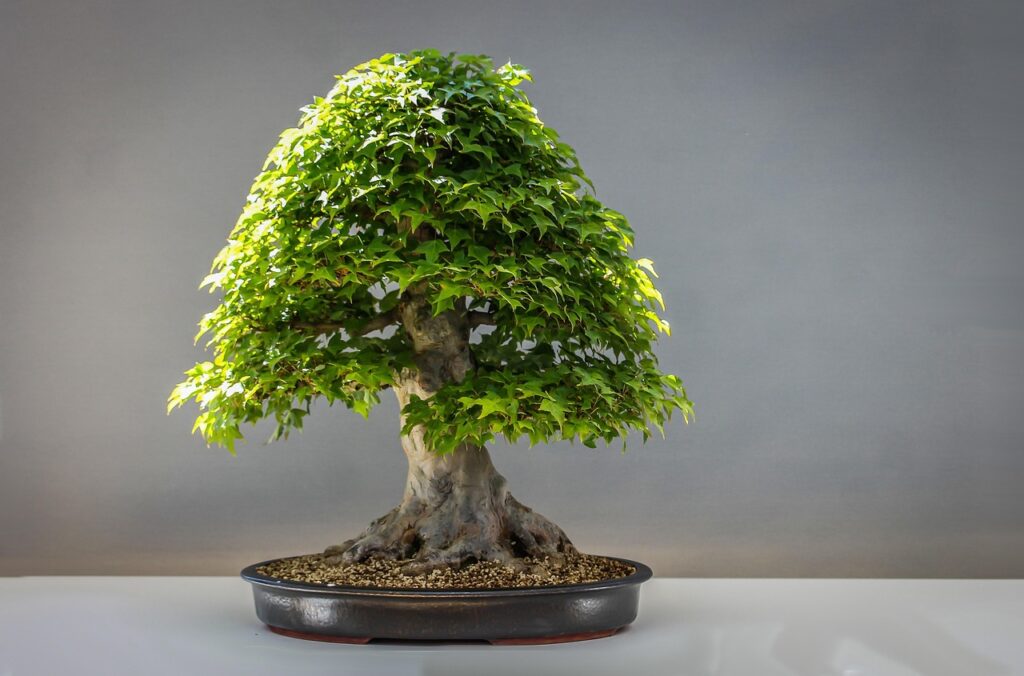
4. Japanese Maple Bonsai (Moderate – Outdoor)
Difficulty: 3/5 | Best for: Those wanting stunning seasonal changes
Japanese Maples offer incredible visual reward with their delicate leaves and brilliant autumn colors. While they require more attention than beginner species, they’re manageable with proper outdoor placement.
Climate: Suitable for temperate zones with distinct seasons (Zones 5-8) Care level: Moderate Special feature: Spectacular autumn color display

5. Juniper Bonsai (Easy – Must Be Outdoor)
Difficulty: 2/5 | Best for: Those with outdoor space
IMPORTANT: Despite what you might see in malls, Junipers MUST live outdoors year-round. They need winter dormancy to survive. But if you have a balcony or garden, they’re incredibly hardy and forgiving.
Junipers are the “classic” bonsai – the tree that comes to mind when most people picture bonsai. They’re worth the outdoor requirement.
Climate: Suitable for most climates with cold winters (Zones 4-9) Care level: Easy (if kept outdoor) Classic appeal: Traditional bonsai aesthetic
| Tree Type | Description | Indoor/Outdoor | ||
|---|---|---|---|---|
| Ficus | Hardy, forgiving, thrives indoors | Indoor | ||
| Juniper | Classic shape, resilient outdoors | Outdoor | ||
| Jade | Succulent, easy to shape, needs little water | Indoor |
| Season | Watering | Feeding | Pruning | Special Care |
|---|---|---|---|---|
| Spring | Increasing | Weekly | Light shaping | Repotting time |
| Summer | Daily or 2× daily | Weekly | Maintenance only | Shade from extreme heat |
| Autumn | Decreasing | Bi-weekly | Light work | Prepare for winter |
| Winter | Minimal | Stop (outdoor) | Minimal | Frost protection |
The seasonal rhythm becomes intuitive after your first year. You’ll notice your trees’ signals and adjust naturally.

Your First Year: What to Expect
Let me walk you through a realistic first year with bonsai, so you know what’s normal:
Months 1-3: The Honeymoon Phase
What happens:
- Daily watering checks become routine
- You obsess over every new leaf
- You worry constantly that you’re doing it wrong (you’re probably fine)
- First pruning feels terrifying
What’s normal:
- Some leaves dropping (adjustment stress)
- Slower growth than expected
- Uncertainty about watering frequency
- Fear of killing your tree
My advice: Resist the urge to constantly prune, repot, or “fix” things. The best thing you can do is establish consistent daily observation and watering routine.
Months 4-6: Finding Your Rhythm
What happens:
- You stop panicking over every yellow leaf
- Watering becomes automatic (like brushing teeth)
- You start recognizing your tree’s growth patterns
- First successful shaping attempts
What’s normal:
- More confidence in care decisions
- Understanding your tree’s water needs
- Recognizing when something’s actually wrong vs. normal changes
- Getting excited about styling possibilities
My advice: This is when you can start basic shaping and pruning. Be conservative – you can always remove more later, but you can’t put branches back.
Months 7-9: Growing Confidence
What happens:
- You’re considering a second tree (do it!)
- Seasonal care adjustments feel natural
- Pruning and shaping become enjoyable
- You join online bonsai communities
What’s normal:
- Wanting to try different species
- Making connections between care and results
- Understanding that mistakes are learning opportunities
- Beginning to see your tree as a long-term project
My advice: This is the perfect time to add a second, different species. Apply what you learned from tree #1.
Months 10-12: You’re a Bonsai Grower Now
What happens:
- Care routines are automatic
- You notice subtle changes immediately
- You’re helping other beginners online
- Your tree looks noticeably different than when you started
What’s normal:
- Confidence in decisions
- Understanding seasonal rhythms
- Planning long-term styling goals
- Shopping for more trees (it’s addictive)
My advice: Look back at photos from month 1. The growth and change – both in your tree and your skills – will amaze you.
A Note on Patience
I remember feeling frustrated at month 3 because my tree “didn’t look like a real bonsai yet.” Here’s the truth: bonsai development takes years, not months.
That Chinese Elm I started 15 years ago? Still improving. Still changing. Still teaching me.
The joy isn’t in reaching perfection (it doesn’t exist). The joy is in the daily ritual, the seasonal changes, the gradual transformation, and the quiet moments of observation.
As a stressed caseworker and father of four, I don’t have much time. But I have 10 minutes each morning with my trees. That’s enough. That’s more than enough.

Next Steps & Resources
Essential Reading
For deeper dives into specific topics:
Care Guides:
- Complete Bonsai Care Guide – Comprehensive overview
- Bonsai Tree Care Basics – Fundamentals
- Bonsai Care Tips – Advanced techniques
- Indoor Bonsai Care – Indoor-specific advice
Species-Specific Guides:
- Ficus Bonsai Care
- Chinese Elm Care
- Juniper Bonsai Care
- Dwarf Jade Care
- Azalea Bonsai Care
- More Species Guides
Techniques:
Buying & Selection:
- Best Bonsai Trees for Beginners
- Best Indoor Bonsai Trees
- Buying Your First Bonsai
- How to Choose Your First Bonsai
Troubleshooting:
Join the Community
Bonsai is better together. Connect with other enthusiasts:
- Local bonsai clubs (most Australian cities have them)
- Online forums and Facebook groups
- Instagram bonsai community (#bonsaiforbeginners #australianbonsai)
- YouTube channels for visual learning

Tools & Supplies
Essential beginner toolkit:
- Concave cutters
- Bonsai scissors
- Wire cutters
- Root rake
- Training wire (aluminum)
- Proper bonsai soil
→ Complete Beginner Tools Guide
Continue Learning
Recommended resources:
- Bonsai Wikipedia – Historical and cultural context
- Local workshops and classes
- Bonsai demonstration videos
- Books on bonsai techniques
Final Thoughts: Welcome to Your Bonsai Journey
Fifteen years ago, I stood where you are now – curious but uncertain, intimidated but hopeful.
I killed my first three trees. I made every mistake in this guide. I almost gave up.
But something kept calling me back. Maybe it was the peace I found in those quiet morning moments with my trees. Maybe it was seeing the first successful pruning transform a branch’s shape. Maybe it was simply the presence required – the way bonsai forced me to slow down in a life that moves too fast.
As a father of four boys working a stressful job, I don’t have much spare time. But I have 10 minutes each morning. And those 10 minutes – checking water, observing growth, adjusting a branch, just being present with living things that depend on me – those minutes have become my meditation, my therapy, my connection to something timeless.
You don’t need to be perfect to grow bonsai. You just need to be present.
Your first tree might die. That’s okay – mine did too. What matters is that you keep showing up, keep learning from mistakes, keep adjusting your approach. Each tree teaches you something. Each season brings new understanding. Each year, you’ll look back and barely recognize the beginner you were.
Bonsai isn’t about controlling nature – it’s about cooperating with it. It’s not about perfection – it’s about process. It’s not about the destination – it’s about the daily journey.
So water your tree. Check your soil. Make your mistakes. Learn your lessons. Join the community of practitioners who have kept this art alive for centuries.
Welcome to bonsai. Your journey starts now.
— A fellow beginner who’s just been at it a little longer
Download Master Mori’s Free Beginner’s Bonsai Care Guide
Get our comprehensive PDF checklist covering:
- Daily/weekly/seasonal care tasks
- Troubleshooting flowcharts
- Species-specific quick reference
- Watering and fertilizing schedules
New to bonsai? Subscribe to our newsletter for weekly tips, seasonal reminders, and beginner-friendly guidance delivered to your inbox.
Explore More Bonsai Wisdom
Beginner Guides:
Techniques & Tools:
Species-Specific Care:
About Best Bonsai Guide:
We’re dedicated to making bonsai accessible to everyone. Our guides are written by practitioners with real-world experience, because we believe the best teacher is someone who’s made all the mistakes first.
Last updated: 2025
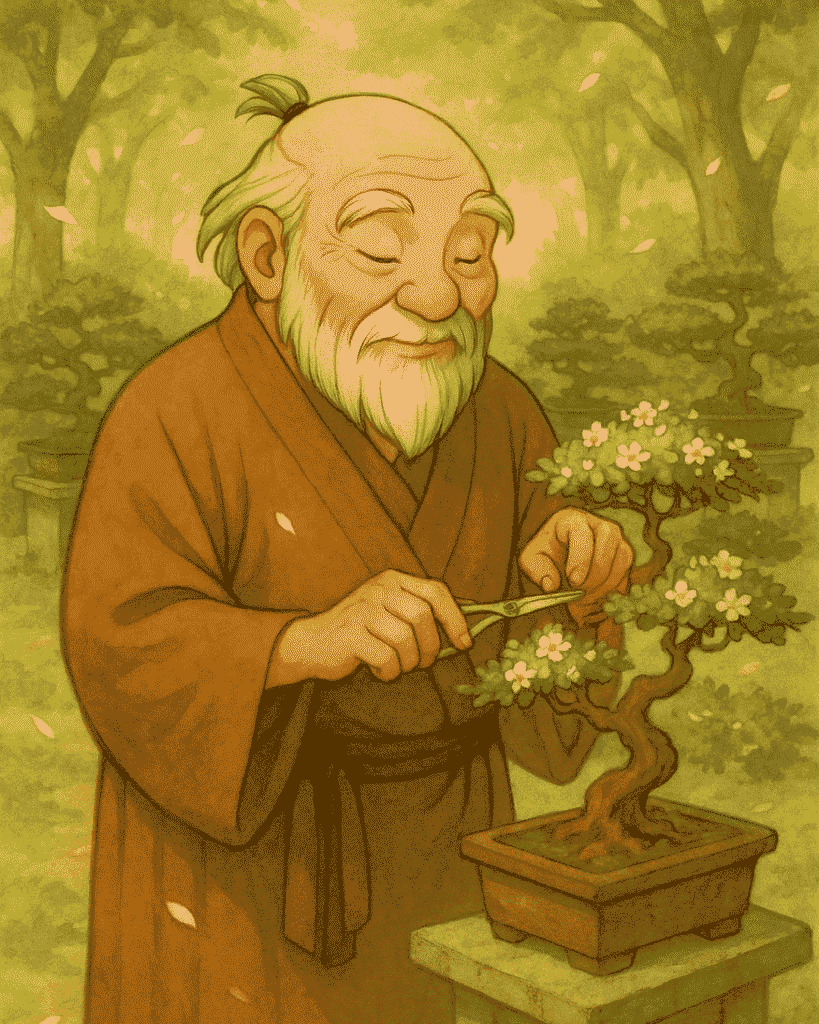
How to Take Care of a Bonsai Tree FAQ
How do you take care of a bonsai tree for beginners?
Start with the basics: place your bonsai in bright, indirect light, water it when the top 2cm of soil feels dry, and prune lightly to maintain its shape. Use well-draining bonsai soil, and repot every 1–2 years. The secret? Patience and presence. Read the full guide here →
What is the rule of 3 in bonsai?
The Rule of 3 refers to visual harmony in bonsai styling:
Three main branches (apex, left, right)
Three trunk movements (zig-zag shape)
Triangular silhouette (not a perfect triangle, but a natural flow)
It’s an aesthetic guide, not a strict law — Mori would say, “Learn the rule, then grow beyond it.”
👉 Explore the Rule of 3 in Bonsai →
How often do you water a bonsai?
Balance – visual symmetry through branch placement and shape
Proportion – matching leaf size, trunk thickness, and pot to the overall tree
Movement – a sense of natural flow, often achieved through trunk curvature and branch angles
These elements combined give a bonsai its artistic and lifelike character.
How to care for an indoor bonsai?
Place it in a bright room with good air circulation — near an east or north-facing window is ideal. Water regularly, but let the topsoil dry slightly between waterings. Avoid placing it near heaters or cold drafts.
👉 Get the full indoor care guide →
How do you thicken a bonsai tree?
To thicken a bonsai trunk:
Grow the tree in the ground or a large training pot for a few years to encourage vigorous growth
Use sacrifice branches (left untrimmed for a time) to help swell the trunk base
Avoid over-pruning during thickening stages
Once the desired girth is reached, you can cut back and style the tree gradually into bonsai form.
What is the easiest bonsai tree to keep alive?
The Ficus bonsai wins this round — it’s hardy, forgiving, and thrives indoors. Other easy options include Jade, Chinese Elm, and Juniper (outdoor).
👉 Explore the best beginner trees →
How long do you soak a bonsai tree?
If bottom-watering or soaking, let the pot sit in a tray of water for 10–20 minutes, or until bubbles stop rising. This ensures the root ball is fully hydrated. Drain well afterward to avoid root rot.
New to Bonsai? Subscribe to our newsletter and download our free guide. Master Mori’s Will Show You the Way
